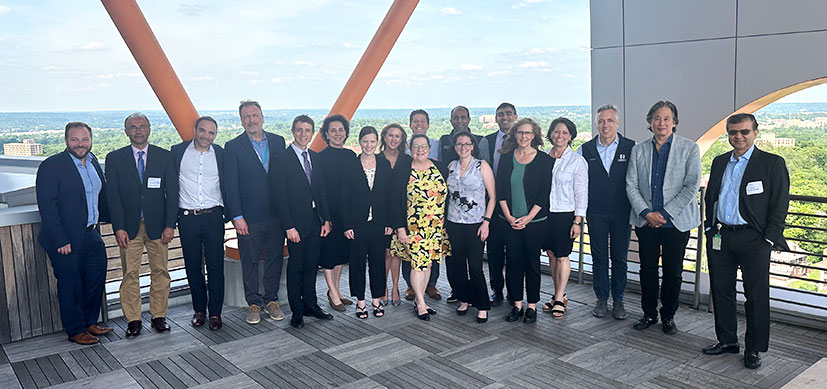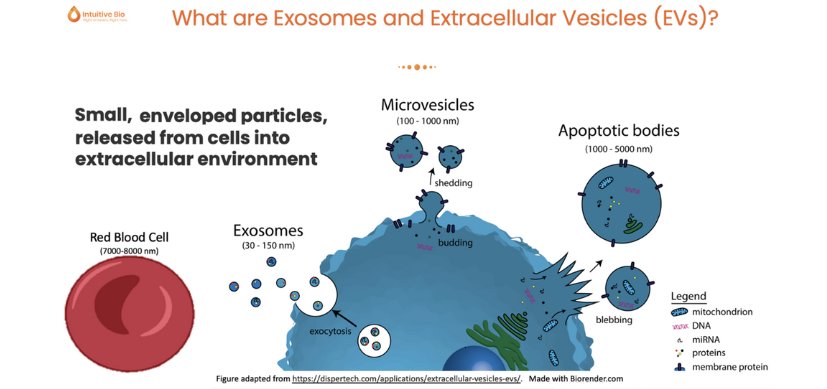Hospital Leaders Discuss the Wins and Woes of Healthcare Innovation
Post Date: June 7, 2024 | Publish Date:

International Society for Pediatric Innovation (iSPI) gathers at Cincinnati Children’s for their Annual Meeting
Cincinnati Children’s recently hosted leaders from top healthcare systems from around the country to share best practices and tackle shared challenges in pediatric innovation.
The event, held May 20, 2024, included Todd Ponsky, MD, Chief Innovation Officer, presenting an overview of the focus and vision for innovation at Cincinnati Children’s. “We are growing a culture and infrastructure that encourages all staff members to speak out about their challenges and to identify and tackle unmet clinical needs.”
After several presentations by Cincinnati Children’s innovators, leaders from the society’s member organizations discussed a number of challenges around pediatric innovation. Five themes emerged:
Fostering a Culture of Innovation
Institutions like the Cleveland Clinic are pioneering ways to embed an innovation mindset within their teams. By engaging both internal staff and external partners, these organizations are developing ecosystems where innovation is not just encouraged but is a fundamental part of their operation.
Children’s Hospital of Orange County (CHOC) developed an innovation internship program and created iSPI’s innovation playbook for other children’s hospitals to embed innovation education into tomorrow’s clinicians. CHOC’s innovation team has become a consultative resource for their organization, bringing a transdisciplinary expertise in intelligence and innovation to address complex challenges within the organization.
All members said they were excited by the ways in which AI will transform innovation in healthcare. “When you think of innovation, you should think of AI. When you think of AI, you should think of innovation,” said Anthony Chang, MD, Chief Intelligence and Innovation Officer at CHOC.
Structuring Innovation
One common challenge is defining and structuring innovation within healthcare settings. Many organizations grapple with how to measure the impact of innovation beyond direct financial returns. Innovative models and partnerships need to balance progress with safety concerns, ensuring that new technologies not only advance care but also adhere to quality and regulatory standards, said Tiffani Ghere, MBA, RD, iSPI Executive Director and Program Manager of the Medical Intelligence and Innovation Institute at CHOC.
Overcoming Financial Barriers
Securing funding remains a critical hurdle. Some institutions like Stanford are surrounded by innovation hubs. Others struggle to develop and maintain investor relationships. Innovative models, such as the donor-funded competition in Kansas City, allow donors to vote on funding for potential innovations. Many organizations indicated they have innovation funding programs where top ideas receive financial support and from experts in the innovation ecosystem. These models provide necessary capital and engage the community in the innovation process.
Recruitment and Retention Challenges
Attracting and retaining top talent is crucial for fostering an innovative environment. Organizations are finding that creating a culture of innovation may require shifting tenure and promotion to include incentives for innovation and commercialization. Increasingly talented staff are also considering organizations’ revenue sharing policy as they consider where they want to work.
Advocating for Pediatric Innovation
Attendees focused discussion on the economic and regulatory barriers–and some advantages– for creating medical devices suitable for children. Members challenged each other to engage lawmakers and advocate for funding and legislative support at the federal level.
“Overall, this meeting provided clinical leaders from around the country an opportunity to step back from their hectic schedules to focus on improving how innovation is done in healthcare.” says Ponsky.
Representatives from the following organizations participated:
- American Academy of Pediatrics
- Arkansas Children’s
- Bambino Gesu
- Children’s Hospital of Orange County
- Children’s Mercy
- Children’s National
- Cleveland Clinic
- Georgia Tech
- Global Center for Medical Innovation
- University of Pennsylvania Medical Center – Children’s Hospital of Pittsburgh
- Rainbow Babies and Children’s Hospital of Akron
Learn more about the International Society for Pediatric Innovation (iSPI).





